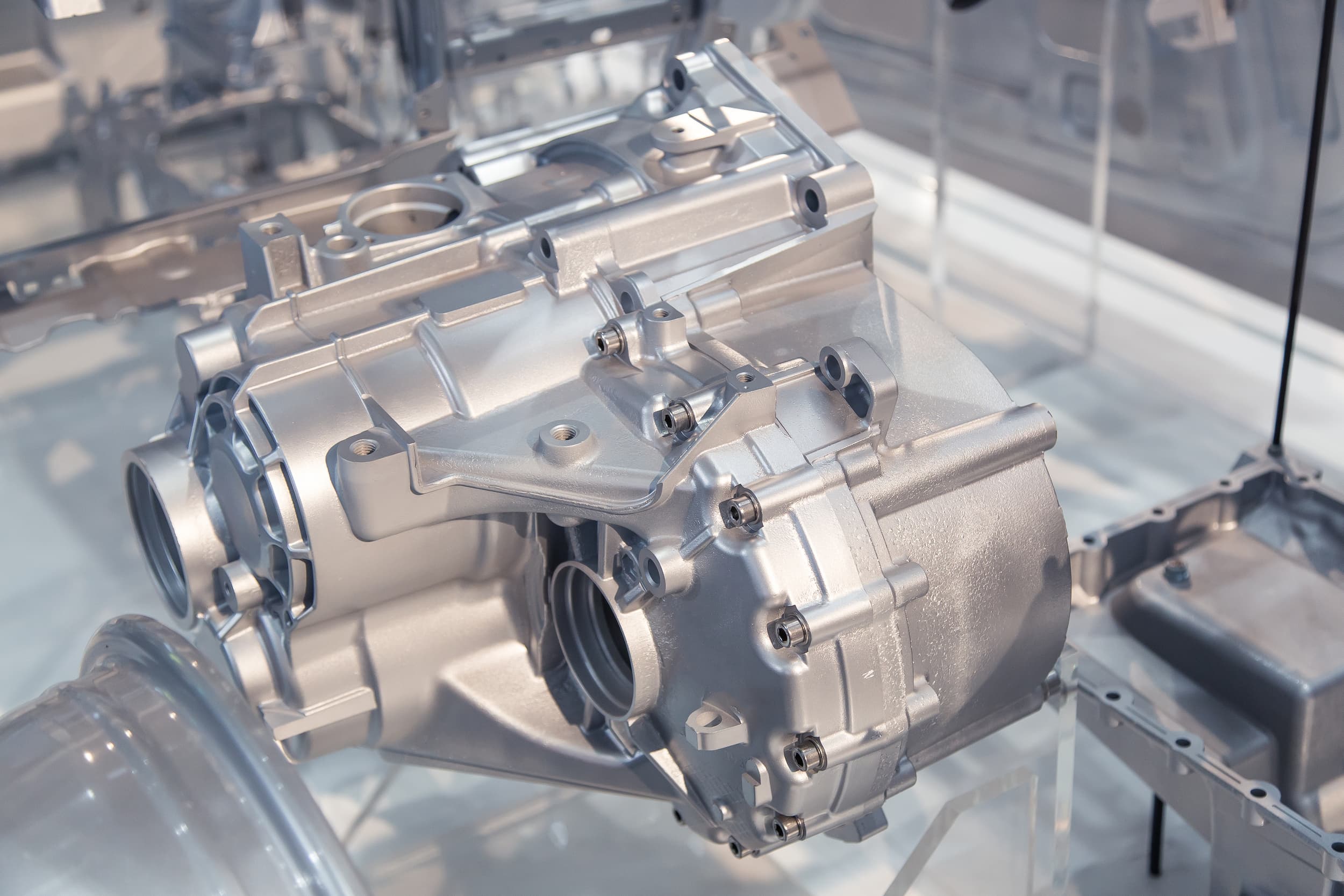Diecasting is a highly specialized manufacturing technique that converts melting metal into precise components using high-pressure molds. This technique has become indispensable for a wide range of industries such as electronic, aerospace, automotive and even consumer products due to its capacity to make complex shapes with remarkable reliability and accuracy. Through the combination of principles from metallic engineering with cutting-edge technology it provides unparalleled accuracy and precision, which makes it an integral part of the modern production. This article delves into the complex world of diecasting by exploring its process, advantages as well as the wide range of applications.

The diecasting process begins with the design of the mold, sometimes referred to as a"die," that is usually made of hardened steel. The die is made to withstand the high pressures and temperatures involved in the process. When the die is in place, molten metal, usually composed of aluminum zinc, magnesium, or copper is heated to an liquid state, and in the mold cavity under pressure that is high. The pressure will remain constant until the metal is solidified making sure that the molten material fills every part of the mold, including intricate detail and the thin walls. After the metal has cooled and has solidified, the mold is opened, and the finished part is ejected. This technique allows for high accuracy and consistency for the manufacturing of metal parts.
One of the main benefits of diecasting is its effectiveness in the production of mass quantities. Once the dies are fabricated this process is able to be repeated hundreds or thousands of repeatedly with little variance between components. This level of consistency is critical for businesses that require huge quantities of similar components. Furthermore, diecasting is recognized as an efficient material. Diecasting produces lesser waste than different metal-forming methods because excess metal can be recycled and used again. It not only lowers costs for materials, but it is also a part of greener manufacturing practices. A combination of efficiency, speed, and high efficiency in the production of materials makes diecasting an appealing choice for production in high volumes.
Diecasting can also provide significant advantages regarding mechanical properties. Diecast components typically are extremely strong and durable due to the fine-grain structures that are formed from the swift cooling process of the molten metal. This makes diecast parts suitable for any applications that require the highest performance and durability. In addition, the process allows to integrate thin walls and complex features but without degrading strength and structural integrity. This can be particularly beneficial in the automotive and aerospace industries where weight reduction but maintaining strength is essential. Being able to create lightweight, yet strong components helps improve fuel efficiency and the performance of vehicles and aircraft. To obtain supplementary details kindly go to www.senadiecasting.com.my/

Diecasting's capabilities extend into a variety of possibilities. Within the automotive sector diecast parts are found in the transmissions, engines as well as structural components, which contribute to lighter and more fuel-efficient vehicles. For electronics, diecasting is employed for the production of heat sinks, housings, and connectors, ensuring optimal thermal management and durability. Home appliances, power tools as well as toys benefit from diecasting's precision and efficiency as it produces components that range in size from knobs, handles, and handles up to inner mechanisms. Its flexibility to various metals and its ability to make parts with complex designs make it suitable for a wide range of sectors, each benefiting from unique benefits diecasting provides.
Diecasting represents a pinnacle of technology for manufacturing, providing a blend of precision, productivity, and versatility that's unmatched by other processes. Its ability to make complex, high-quality components with superior mechanical properties makes it indispensable in many industries, from automobile to consumer electronic products. The effectiveness and savings in material that diecasting offers highlight its importance in large-scale manufacturing, and its flexibility allows it to meet the evolving demands of modern manufacturing. As companies continue pushing limits of innovation as well as performance, diecasting will be a vital tool making advancements possible and supporting the development of new products that are shaping our lives.
